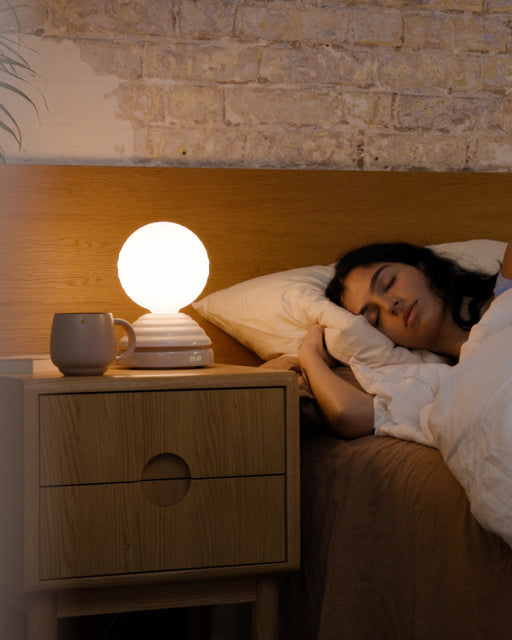What Is Flicker, and Why Does It Matter for Health?

Why Tala Bulbs Don't Flicker
What is Flicker?
Flicker refers to rapid, repeated changes in a light source’s brightness over time. Sometimes flicker is visible—a noticeable flutter or pulse—but it can also be invisible to the naked eye, even though it still affects your body.
Flicker is typically caused by fluctuations in the voltage supplied to the light source, often as a result of poor electrical design or low-quality components.
Why Flicker Matters
Health and Well-being
Even when you can’t see it, flicker can have real impacts on your health. It has been linked to:
- Headaches
- Eye strain
- Fatigue
- Migraines
- Photosensitive epilepsy
Source: IEEE Xplore Digital Library
Flicker also affects visual comfort and cognitive performance, especially for sensitive groups such as children, people with autism spectrum disorder, and those with pre-existing neurological conditions. It may even disrupt circadian rhythms and sleep patterns.
Source: NRC Canada Publications
Why Tala Bulbs Don’t Flicker: Explained by Bertie Pleass, Engineering Director
At Tala, we’re committed to creating lighting that’s not just beautiful, but positive for health, too. That’s why our bulbs are specifically designed to be flicker-free and to dim smoothly across a wide range of dimmers.
We’ve even developed our own line of dimmer switches to give you a seamless, high-performance lighting experience.
Here’s how we do it:
1. Advanced LED Driver Design
Bertie:
"We’ve engineered our LED drivers to deliver a constant, stable power supply to the bulb’s filaments. This smooths out voltage fluctuations, which are the most common cause of flicker.
Our bulbs achieve flicker levels of less than 5%, which is well below the industry threshold for 'flicker-free' lighting and even better than old-school incandescent bulbs."
2. Enhanced Components
Bertie:
"We deliberately over-specify the key components inside our bulbs. For example, we use a larger-than-average electrolytic capacitor, which helps store and release energy to counterbalance any small power dips.
We also integrate intelligent circuits that actively filter out the oscillations that typically cause flicker, even at lower dimming levels."
3. Rigorous Testing
Bertie:
"Our bulbs go through extensive flicker testing using the most up-to-date industry standards, including SVM and PstLM measurements.
We also test across a broad range of dimmers, from traditional rotary dimmers to the latest smart home systems, to guarantee compatibility and a smooth, flicker-free experience."
Why It Matters
Bertie:
"I genuinely believe flicker is a critical consideration when choosing lighting—for both well-being and interior design. Unfortunately, many low-cost LED bulbs on the market aren’t properly engineered, and the flicker they produce can cause significant eye strain and discomfort over time.
Investing in high-quality, flicker-free lighting like Tala’s isn’t just about aesthetics. It’s about improving comfort, health, and long-term quality of life."
See It in Action
If you want to geek out on this, check out this 2-minute explainer video from one of our junior engineers, where we compare a Tala bulb to a cheap supermarket LED with a high flicker rate.
Final Thought
Flicker is often overlooked, but it can have a big impact on how you feel in your space. Choosing flicker-free lighting isn’t just a technical upgrade—it’s an investment in your well-being.



